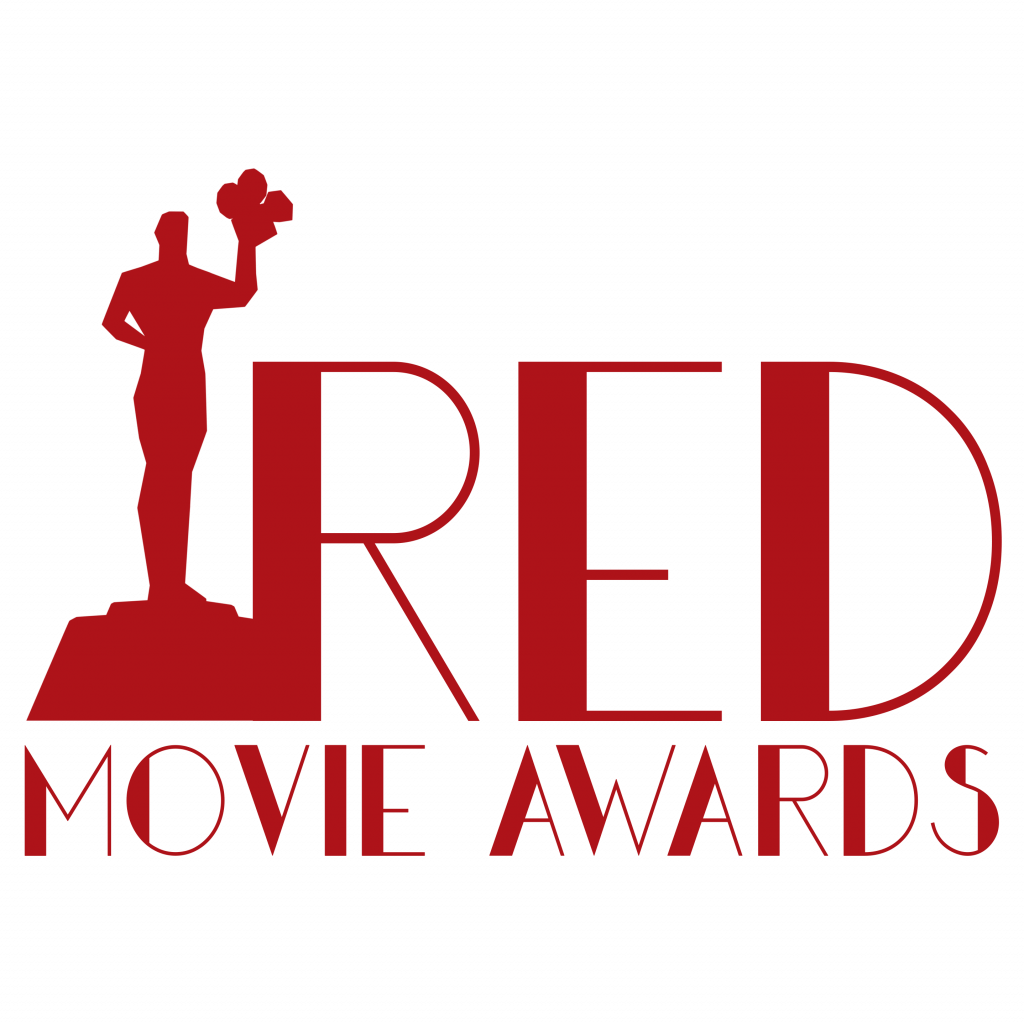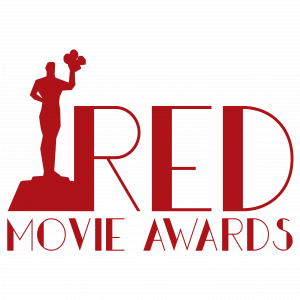THE INTERVIEW
July 16th, 2021
VANDA LADEIRA
DIRECTOR OF ALDER
BEST PRODUCTION DESIGN HONORABLE MENTION
Vanda, how did you realise that you wanted to be a director ?
My father was a photographer: I watched his negatives being projected in the evening for family and friends from an early age. It was a shared experience like going to the cinema but without the popcorn. I remember drawing pictures on plastic strips and experimenting with projecting light through a homemade shoebox projector when I was five years old.
I find it much easier to communicate ideas and stories visually, and film is always my preferred way. I learned that I could elevate the quality of my films by working with others and go much further than being a self-shooter. That led me to learn how to share my vision and collaborate with others to bring their various crafts to making my films. I love the process of exploring ideas with each one of the departments and develop the vision of how the story looks and sounds.
I remember drawing pictures on plastic strips and experimenting with projecting light through a homemade shoebox projector when I was five years old.
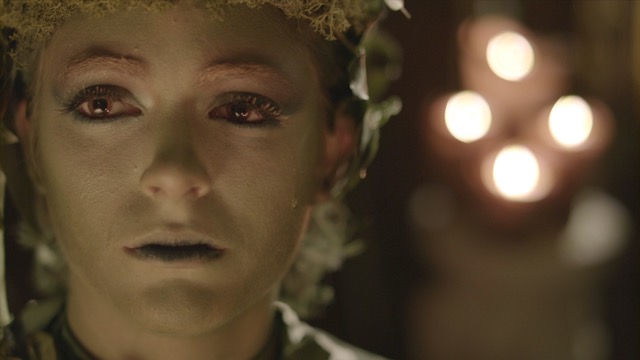
ALDER is kind of an ecological tale; how did you come up with the idea of making this film ?
When Rick Harvey shared his script with me, I started thinking about how I could explore Nature as the main character to discuss topics interesting to me.
Now feels like the time for a story that asks questions about our role as humans on earth. We often see Nature portrayed as helpless, the destruction of habitats being endured in ‘silence’. A story without dialogue sounded like a perfect challenge!
Showing a point of view of Nature, giving Nature a voice, showing her as taking the necessary actions to protect humans and their arboreal companions. The ghosts represent humans that lose their ability to mindlessly hurt the forest. Alder is a story about Mother Nature that is loving but also just. The narrative aims to invite the audience to experience the ‘other side.
I was also inspired by Richard Powers writing in ‘The Overstory’ that “When you know that trees experience pain and have memories and that tree parents live together with their children, then you can no longer chop them down and destroy their lives with large machines”.
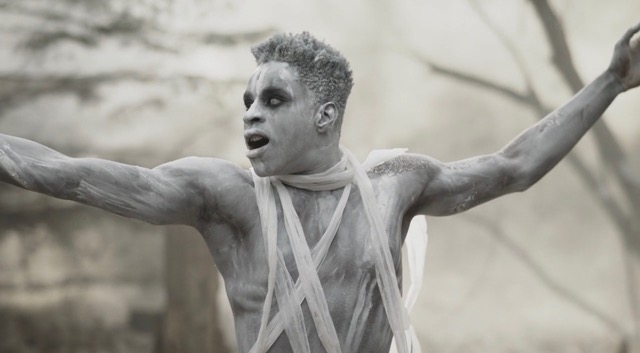
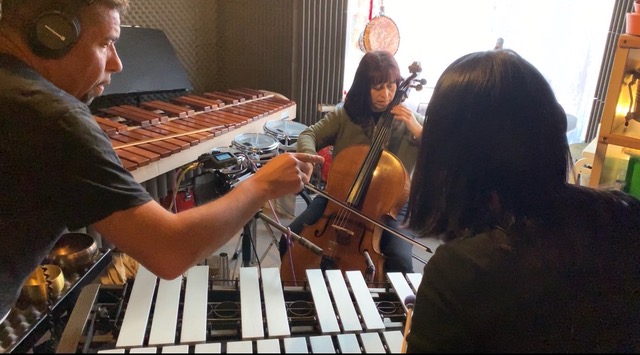
By watching your film, we can see the parallel between the main character, which refers to our society and the forest, which refers to Nature. The ecological upheavals of our time seem to have great importance for you. Do you think that films can change things and raise awareness ?
Yes, indeed, films are a powerful way to bring the viewer to experience, feel and think to make sense of what life is about. The people we love and connect with will change us, our perceptions, and our instincts. Films have been an inspirational and most beautiful part of my life, learning, playing, and forming the way I am and think.
There have been many words written and said about the ecological upheavals of our time. Alder is not an “activist film”. The main message from Alder goes beyond “let’s save the planet”. Alder is a voyage of introspection, a journey of self-discovery and realisation of how meaningful what is what I think and do now… today.
Logical and well-constructed arguments have not improved the relationship between us and the planet. I wanted to break the rational thinking patterns and take the viewer into an auditory and visual experience using a fantasy-fairy-tale style format. This seemed an appropriate way to wake up the curious child in us. Bring up the time when we listened attentively to our parents and storytellers and felt that magic suddenly enter the world of the story.
ALDER is a call to the audience to listen and feel a reversed point of view. We are part of this fantastic ecosystem and not separate from it, harming ourselves at a very personal level. At a deeper level, I wanted to suggest thoughts about eternity as a cycle and the idea of redemption and a way out of this pattern of destruction. I ask the question: are we following a pre-determined destiny of entropy, or do we have a choice?
I believe that Nature will, in the end, survive the ignorance of humankind.
The story raises awareness of the laws of karma – action and reaction – to enact justice. Some people may recognise the sub-message: if there really are second chances, am I present and mindful to recognise them? Can we hear what trees are saying? The logline was then created: ‘The forest is watching you …’.
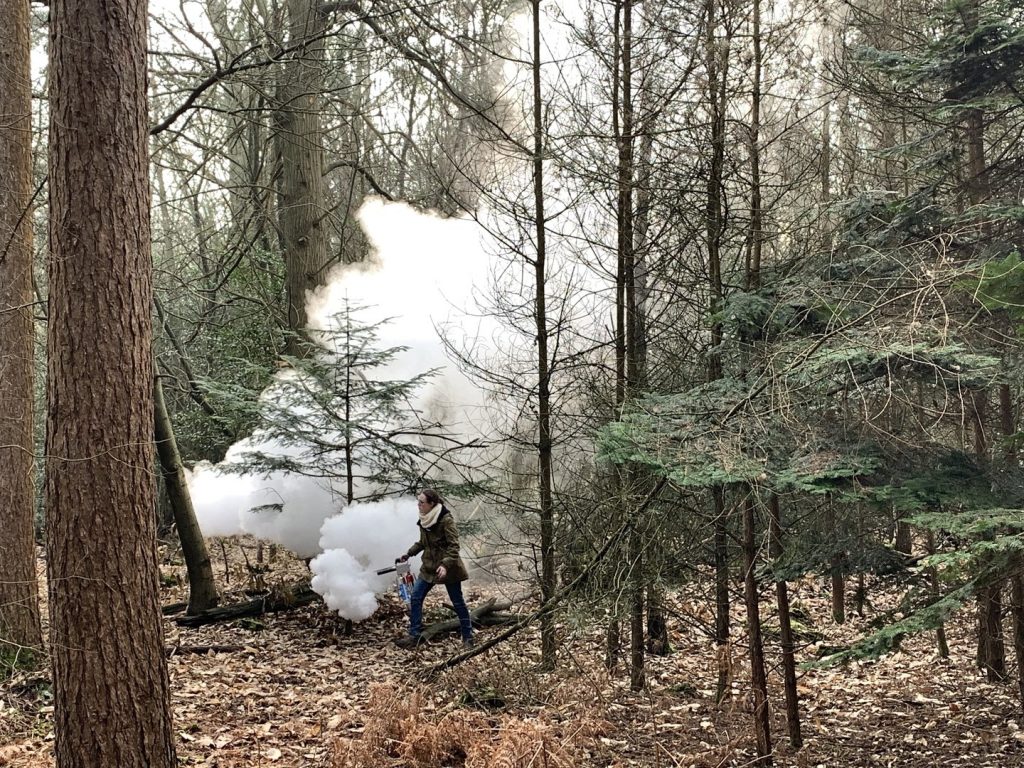
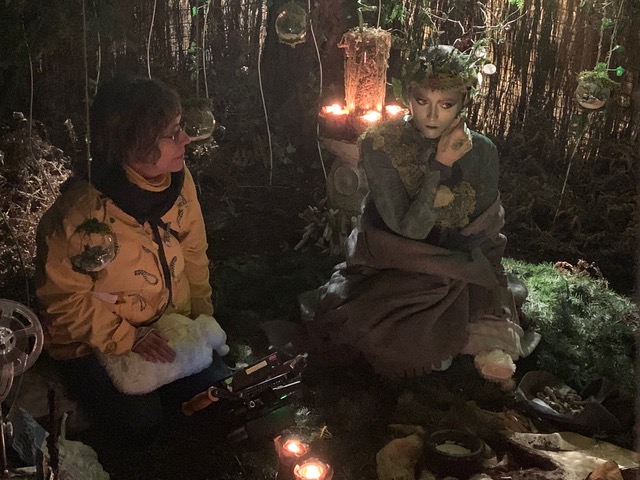
At a time when everyone communicates non-stop on social media, by phone etc … you have chosen to make a film where you communicate in a different way, through the body, the gesture, a very pure communication. Can you explain this choice to us ?
I am fascinated by how powerful non-verbal communication is, from the early silent movies, to ‘cinéma pur’, to games such as ‘Journey’ where players create relationships without words but by experiencing a new world together.
I am interested in pursuing my interest in telling stories with a strong visual quality – exploring the integration of aesthetic elements with soundscapes – perhaps contributing to a contemporary interpretation of ‘cinéma pur’.
Alder is not an "activist film". The main message from Alder goes beyond "let's save the planet".
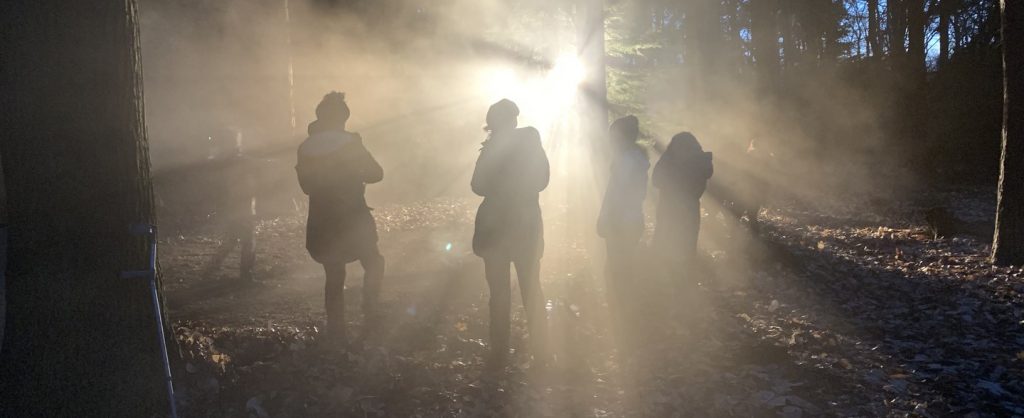
As we have just seen, your characters have no dialogue on the screen. Can you tell us more about your working method with your actors to convey the emotion and what is your message that you want to send us without any word ?
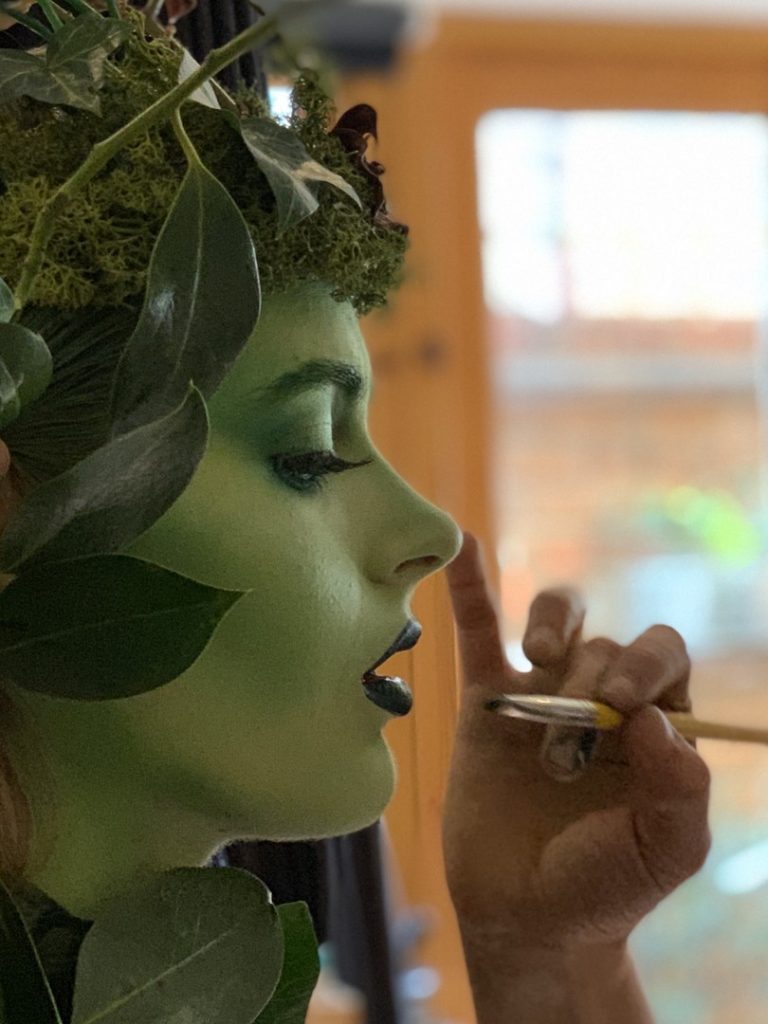
I like to give actors space to bring their personalities and experience through their performance, rather than giving specific directions and repeated rehearsals. I created a close bond with the leading actress that went beyond words, playing with and feeling the presence of Nature together.
My method is to create a space for the actors to develop their own interpretation. The key was to have a trusting and supportive relationship with the actors, give them space and listen carefully to their ideas, experimentation, and play.
My message is of opening space in our lives to listen and connect with the forest. Suppose we create time for silence and begin to treat Nature as a protagonist in our own lives. In that case, we can learn their highly skilled ways of surviving and communicating.
There is also a strong message of love, as the man and the spirit of the forest seem to have a romance. For you, love is not confined to both genders, ages or even conditions. This is a message of tolerance. Do you think that there is still a lot of work to make society accept these different forms of relationship ?
I do think that we need to connect with others by experiencing their point of view. Films can do that. Tolerance sounds like the capacity to endure continued subjection to something we don’t really understand or like without adverse reactions. It’s about valuing, welcoming, seeking to connect and create loving and kind relationships amongst us humans, beyond classifications and titles, and with the surrounding live beings with whom we share this planet.
From the production team itself, we are a diverse team of filmmakers with ethnic and cultural backgrounds from Africa, Asia, the UK and Europe. We believe that diversity is about welcoming differences and working together with each other’s passions and skills. It goes beyond seeing the race, gender orientation and physical abilities to look for creative and diverse ways of doing things and making films that create a better and more connected society.
It’s also about having to know better and experience from the other’s point of view. How do we feel when our freedom to go out every day, in our mindless rat race of destruction, is taken away? What if Nature pressed the PAUSE button and took over? The story is centred around an ancient spirit trying to tell us that we must be mindful. There are no second chances to get different returns for our actions. We need to examine diversity from a different perspective, not by creating tribal clusters of identification. The lines blur between the hero and the villain, humans and the natural world.
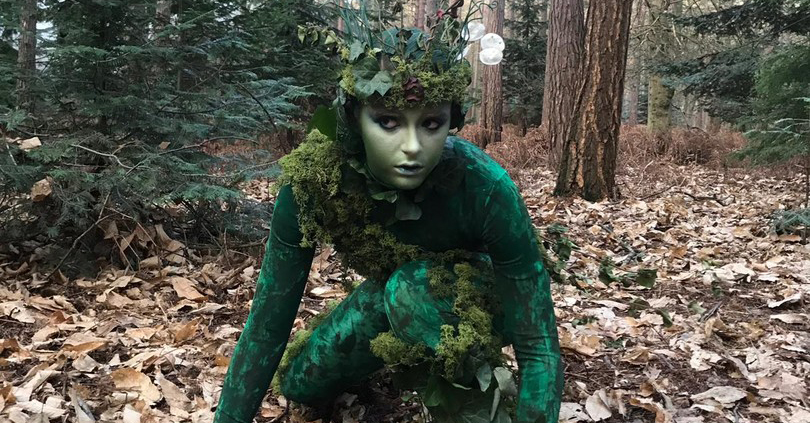
I like to give actors space to bring their personalities and experience through their performance
The narrative has an ecological message conveyed through visual metaphors and inspired by European folklore, particularly the story of Erl-King’s daughter. It also draws inspiration from English romantic poetry, particularly John Keats, and the works of Angela Carter.
The two artists who inspired me most while working on Alder were William Kentridge and Del Toro. Their styles are dissimilar, but both filmmakers seem to approach their work as explorers, attempting to document a world only revealed to their eyes. They celebrate uncertainty and ‘not knowing. I pay attention to my instincts more than my intellect or filmmaking frameworks to discover what feels naturally right.
My voice as a filmmaker will develop shaped by my past, and future life experiences, much like it did for other filmmakers that I admire, such as Guillermo del Toro, Jim Jarmusch and Wong Kar Wai.
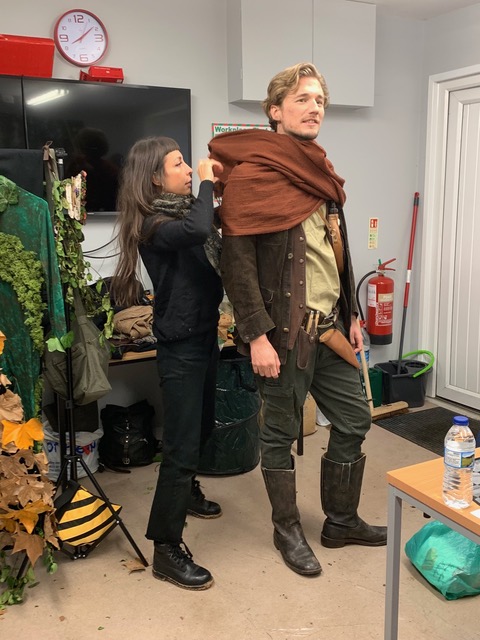
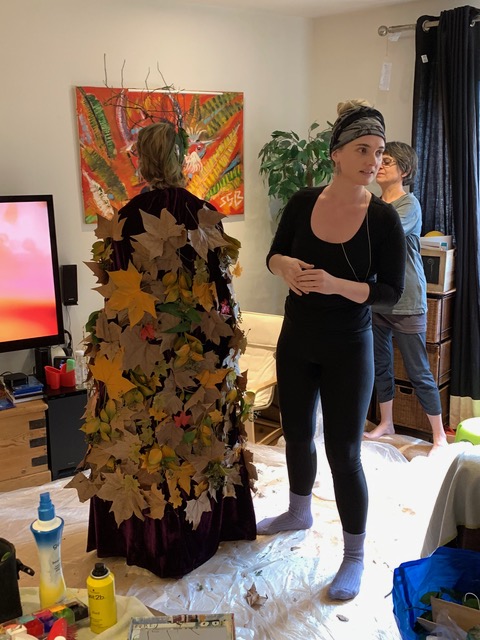
My focus was on form and set design to progress the story without human conversation. Character depth is relayed by revealing its world and interactions with the surroundings. Feelings are expressed from little more than a look or a movement.
My approach with the art department was to immerse myself in the story with the team. It felt as if we had entered another realm where we played with ideas and feelings, colours, textures, sounds. The artists brought inspiration back from that experience and developed the most magical set design, organic costumes and makeup. Because the story was the unifying reference, all design aspects are linked and help strengthen the experience.
I wanted to explore the concept of Mother Nature. Alder is Nature in the shape of a tree and a woman who cares and protects her forest. I worked with the production design team to create her look with tones of green and organic textures.
The design of her lair was crucial to tell the story of her life and her duty. The lair was built around three trees with a central space where she created film stock to record humans. Alder watched her films at night over and over again. She longed to feel as humans did – and how it felt to be loved.
Her lair was dotted with saplings that she had rescued and cared for after humans had passed through her forest – leaving behind their footprints of destruction. We tested wardrobe ideas, materials for the construction of sets, props and organic textures.
I got involved with the team and made myself available to discuss their ideas. We asked many questions: What types of bones shall we use or make them with a breakable material? What are the tones of Alder’s coat of leaves? How can we connect the costumes and colours with what the character is feeling?
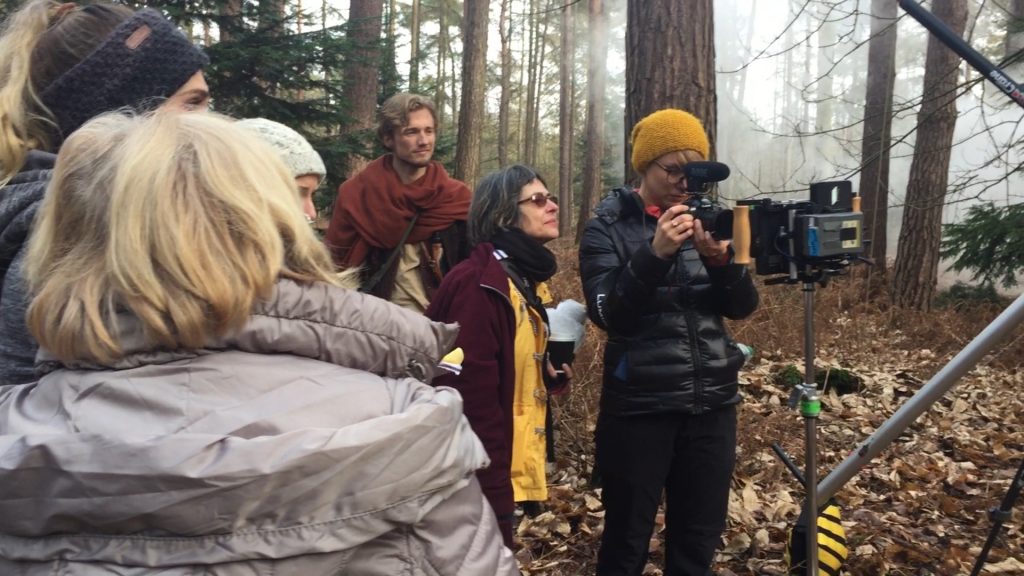
The production design team presented me with several suggestions for the look of the ghosts. One involved rope as a theme, but I was drawn to another idea to cover the ghosts in white body paint with a gritty texture.
This was inspired by the white face paint worn by women in West Africa, which reminded me of my childhood in Mozambique. The white ‘bone powder’ used in the ghosts’ makeup also connects with the story: the ground bones used in the summoning ritual.
This powder mixed with her tears is used to mark the forager with two lines across the face as a mark and cast him away to the Ghost realm. This is an example of how I tried to connect the story significant points using elements from production design to connect the significance of a ritual and its purpose later in the film.
The set design has props in clusters of threes: bowls, candles, plants. The bones are arranged in a circle when Alder performs a ritual that brings the forager to her realm. Later in the story, she walks around the forager, creating a circle of bone powder around him. The line symbolically traps the forager under her control so she can reclaim her holly bushes.
Traditionally, circles were believed by ritual magicians to form a protective barrier between themselves and what they summoned. ‘Alder’ gives Nature a voice and powers filled with unconscious elements capable of overwhelming humans and ensuring their survival. The circles represent the cycle of Nature, repetition in time, eternity, and the opening of portals to reconnect with Nature.
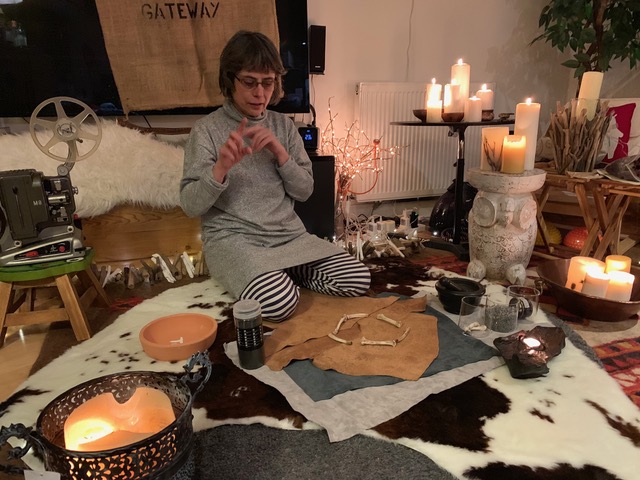
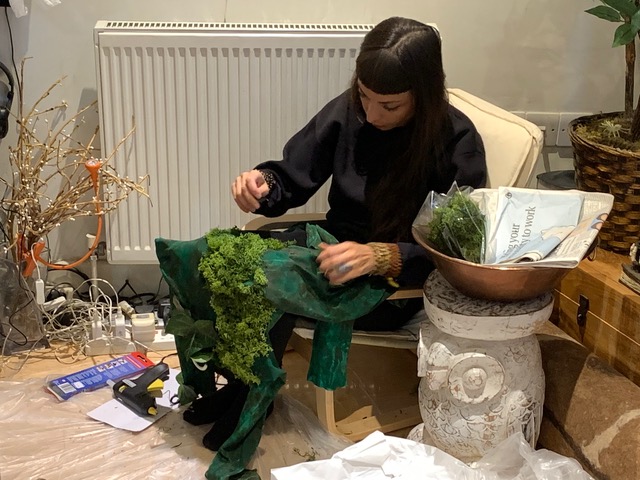
We know that it is not always easy to produce your short film, whether in France or abroad. How did you manage to make your film? Did you have to make any concessions ?
I funded the film from my own savings and close friends who gave me their time and support. To make possible such an ambitious project, I surrounded myself with amazing creatives that brought up various ideas and solutions to support the vision. We had constraints that made us think creatively about simplicity and the purity of capturing all in production without special effects.
The writer and I discussed the idea of showing the transformation from tree to woman and back to tree persona when Alder was being embraced by the forager. This was impossible to do with the budget and within a one-day shooting schedule. I opted to explore a slower rhythm of performance and facial expressions with the actors to allow the audience to feel the character being pulled in opposite ways.
Alder’s eyes should change from green to red and back to green again to indicate her emotional journey from tree to a woman and back to a tree. We tried to apply contact lenses, but the actor couldn’t adapt to them. In the end, I didn’t manage to achieve the look for the eyes that I had in mind. This was a setback that, at the time, I found quite disappointing. I also couldn’t find the resources to change the colour of the eyes with special effects. We found a creative alternative using sound design to indicate the change in her state of mind.
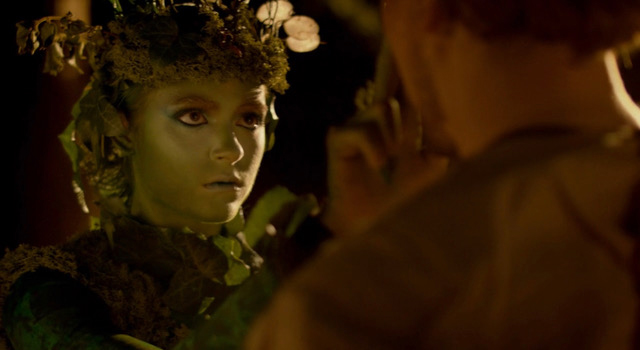
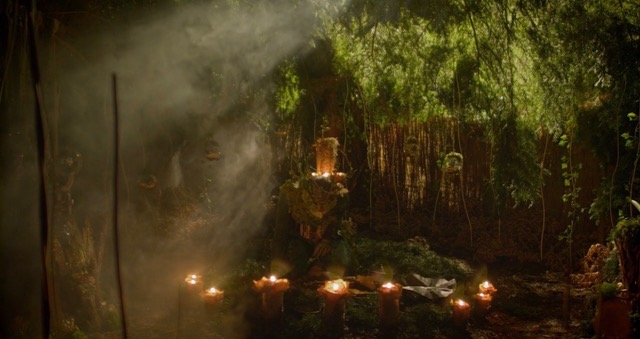
We also had cinematography challenges. Alder draws a circle on the floor of the forest to trap the forager when they first meet. This was the most challenging scene to film. At that point, the camera department couldn’t complete that scene as planned because there was not enough light. The sun was setting, and the forest turned pitch black. It is not by chance that particular spot is called the Dark Woods! Without this scene, there was no film: I would have lost nine months of pre-production and most of the budget. My DOP grabbed the camera and combined 14 shots in a single take. It was very tense, but he did it!
Filmmakers always have to deal with a limited budget. In my case and others, the excruciating pain of self-funding sacrifices to put your passion and art on a film is like climbing Everest. As a director, there are two areas where I don’t want to make concessions: the core message of the film and caring for my cast and crew.
'Alder' gives Nature a voice and powers filled with unconscious elements capable of overwhelming humans and ensuring their survival.
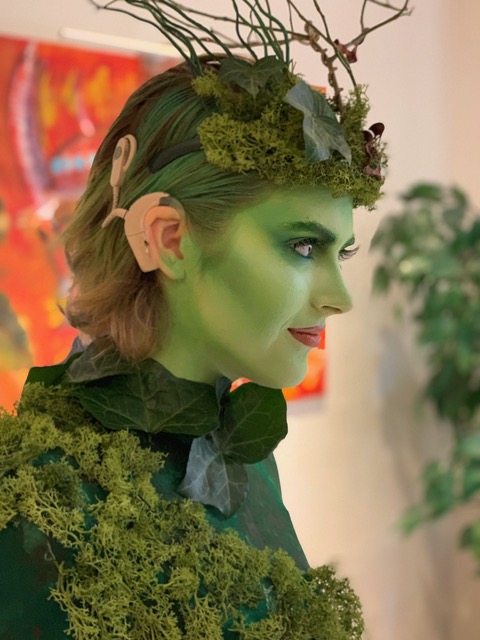
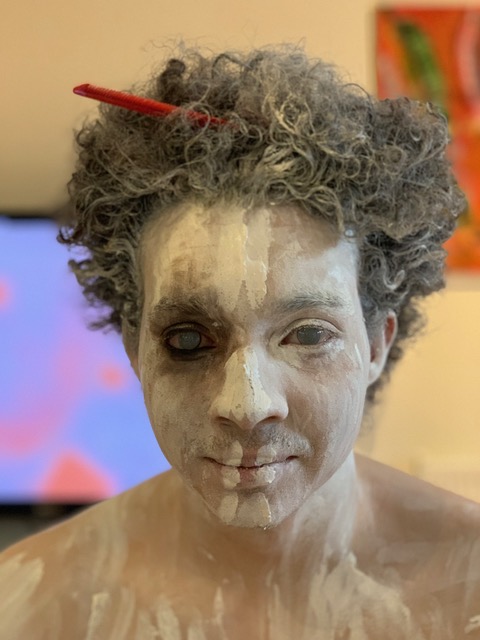
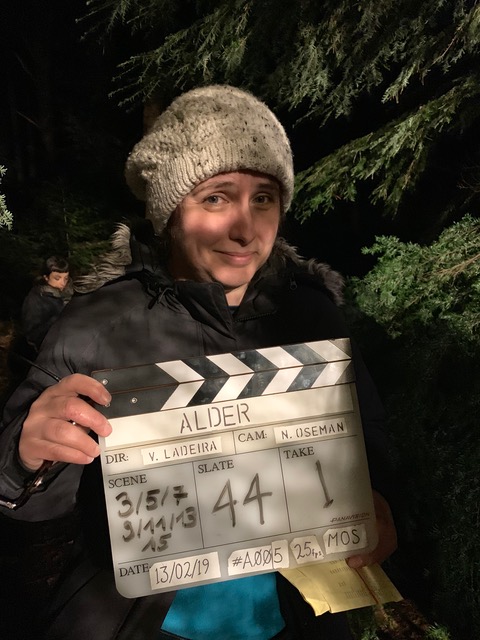
I’m developing the feature version of ALDER. I’m looking forward to reuniting the core team and exploring the use of immersive sound and visuals. I am also currently working on a couple of short films.
I’m interested in creating an intimate encounter with Nature – actively engaging with detail and texture in order to trigger a deeper connection.
The storytelling and virtual experience will open the space and opportunity to surrender to the power of Nature and free the noise and clutter from our minds.
Art can help to bring not just awareness but a change of consciousness for the future.
